Michael Corbett, an architectural historian and brilliant student of Berkeley, introduced me to Art Ratner. We talked.. And here is his story, a story about a magnificent obsession. Disclaimer: This post is a slippery slope away from the Quirky Berkeley parameters, a mission creep. I know it. Informed consent – I go down this slippery slope willingly.
Ratner is from the village of Flushing, borough of Queens.. He and his boyhood friends called themselves the Romanos Diablos. I am reminded of what Herb Albert said about the Mexican-free Tijuana Brass: “Three pastramis, two bagels, and an American cheese.” In other words, a childhood of ethnic diversity.
Ratner got to Berkeley in 1976, via a tour of duty in Vietnam as a shake-and-bake NCO, some time on unemployment insurance and the GI Bill, and some vagabonding throughout North America. When the engine of his VW bus blew up, his traveling companion showed him how to rebuild the engine – in the middle of Nowhere, Northern Ontario. He was impressed with her knowledge and attracted to the craft he saw. It planted the seed for him to become a professional.
His road companion wanted to do leatherwork. They did the crafts show circuit. They split, and he came west. He set up shop as a leatherworker on Entrada just off Piedmont, very near Fenton’s Ice Cream.
He made custom leather products – clocks, chess boards, backgammon boards, guitar straps, etc.
After a few years, Ratner burned out on leather work. He matriculated in the automotive trade program at The College of Alameda,
After graduating and a gig at Motor City Automotive in South Berkeley mentoring under Don Cartwright, Ratner went to work for himself in 1980. A shade tree mechanic in Berkeley!
In 1984, Ratner moved from his backyard to the space that now houses the main office of Art’s Automotive on San Pablo at Russell. He eventually expanded to four contiguous shops that stretch north almost to Oregon. He is wicked good at his business. He wins award after award for Best of the Bay.
He has cool signs. This is not about the cool signs.
In 1984, he began to collect miniature souvenir buildings. You see what happened was – as a nine-year-old boy, he lost a miniature Statue of Liberty somewhere between acquisition and getting home from a special outing with his mother to Liberty Island. Loss!
Imagine his joy when, in 1984, he saw the very same Statue of Liberty for sale! He bought it.
One is seldom enough, and before long Ranter took his passion into collecting miniature souvenir buildings. He built a collection. It got from modest to big to huge to really huge.
Last year, Ratner moved his collection from the commercial building where it had been to a new space a few miles southeast, still inside Berkeley city limits. He trades with other collectors, finds at flea markets, finds in junk stores. Travels to find. Finds.
The collection is incredible. Starting with a few miniature Berkeley and San Francisco buildings:
And now more. Many more.
In the rear is a miniature of the Winged Victory of Samothrace. As in:
And also as in:
Back to Art:
Collecting miniature souvenir buildings is a world of its own.
There is a society of collectors.
There are lovely books about collecting. There is great passion in the collecting, and Ratner shows it as he talks about his collection. His knowledge of his collection is encyclopedic. And of what he doesn’t have. And what others have. And how they got it.
“Every one of these has a story,” he says. And he knows the stories and tells the stories.
Ratner speaks fast and thinks even faster, leaping to an association and looping back to the starting point effortlessly. He knows that this is for him an obsession, but he also knows that it is a magnificent obsession. He laughs, he remembers, he adds to something he said a few minutes ago, a story about another collector or a piece that he sold and wishes he hadn’t. It is impossible not to feel his joy, and impossible not to embrace his enthusiasm for the little buildings and not to admire 32 years of collecting.
This post is an absolute embodiment of the concept of mission creep, the expansion of a project or mission beyond its original goals, often after initial successes. We’ll see if this post breeds more ambitious attempts at similar posts, and if so, whether I will stop only when a final, often catastrophic, failure occurs.
My final word on this – there are obsessive collectors everywhere. There is nothing particularly Berkeleyesque about collecting. But there is about Art Ratner and his collection. His joy of life and enthusiasm and energy smack of Berkeley. We and the Japanese cars he fixes are lucky he’s with us.
I showed the photos to my friend. “Boy, Ratner and Gabby – two peas in a pod, no? Collectors.”
He pulled out a photo. “They have isolated the gene, the collector’s gene. Scientific fact. Some got it. Some don’t.”
He wasn’t quite done. He went to his room and pulled out a suitcase from under his bed.
The General Motors headquarters in Detroit. One of a couple keepsakes he had from his childhood.
I asked about the photos of Art Ratner’s souvenir buildings.















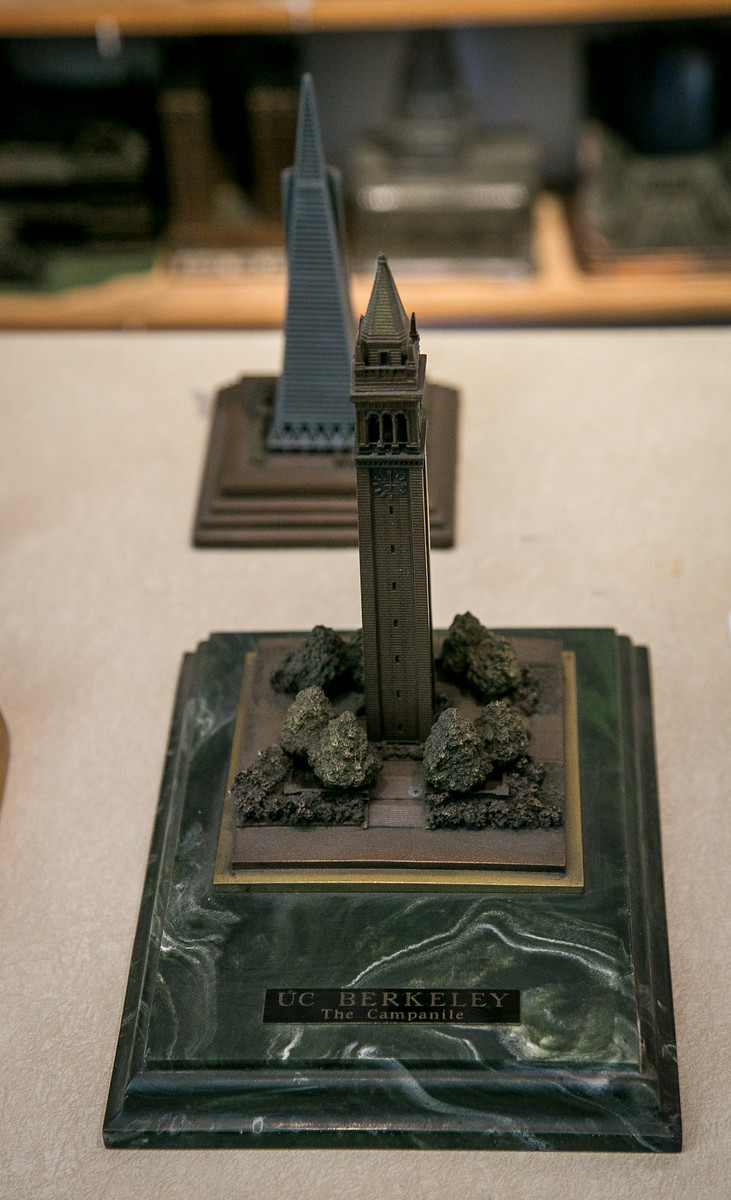







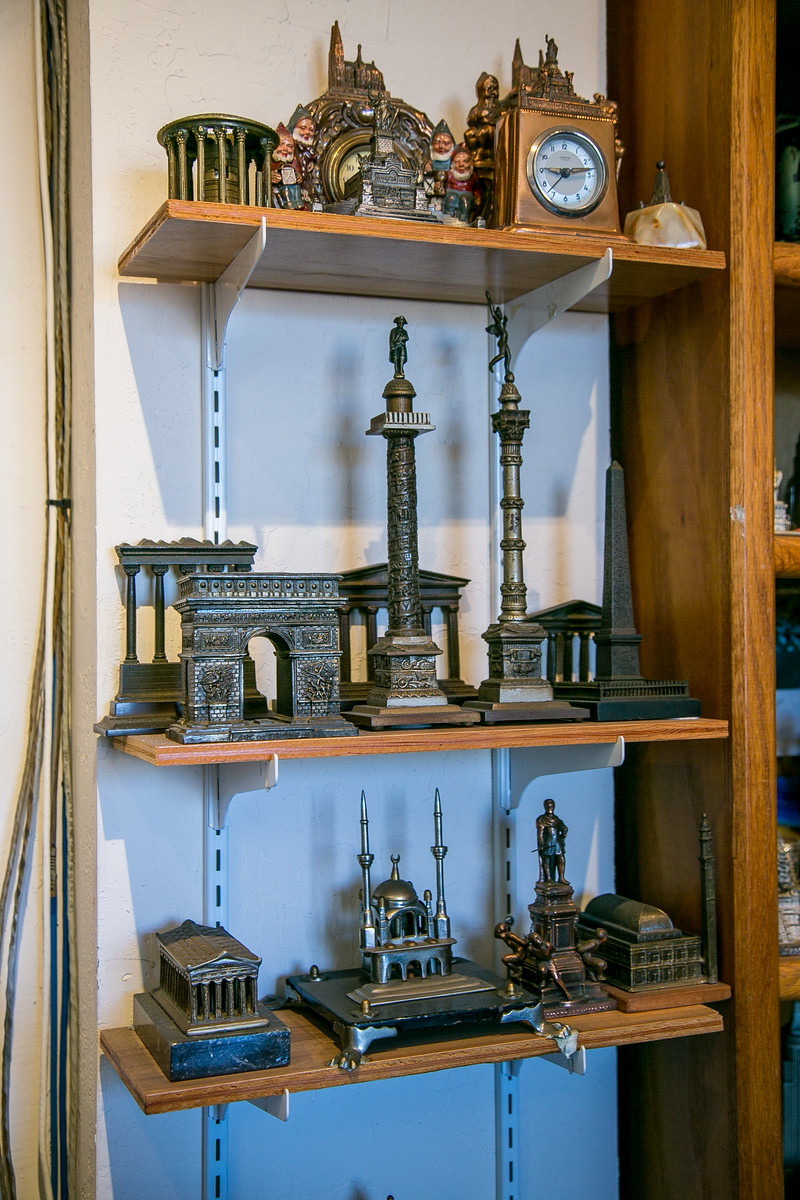


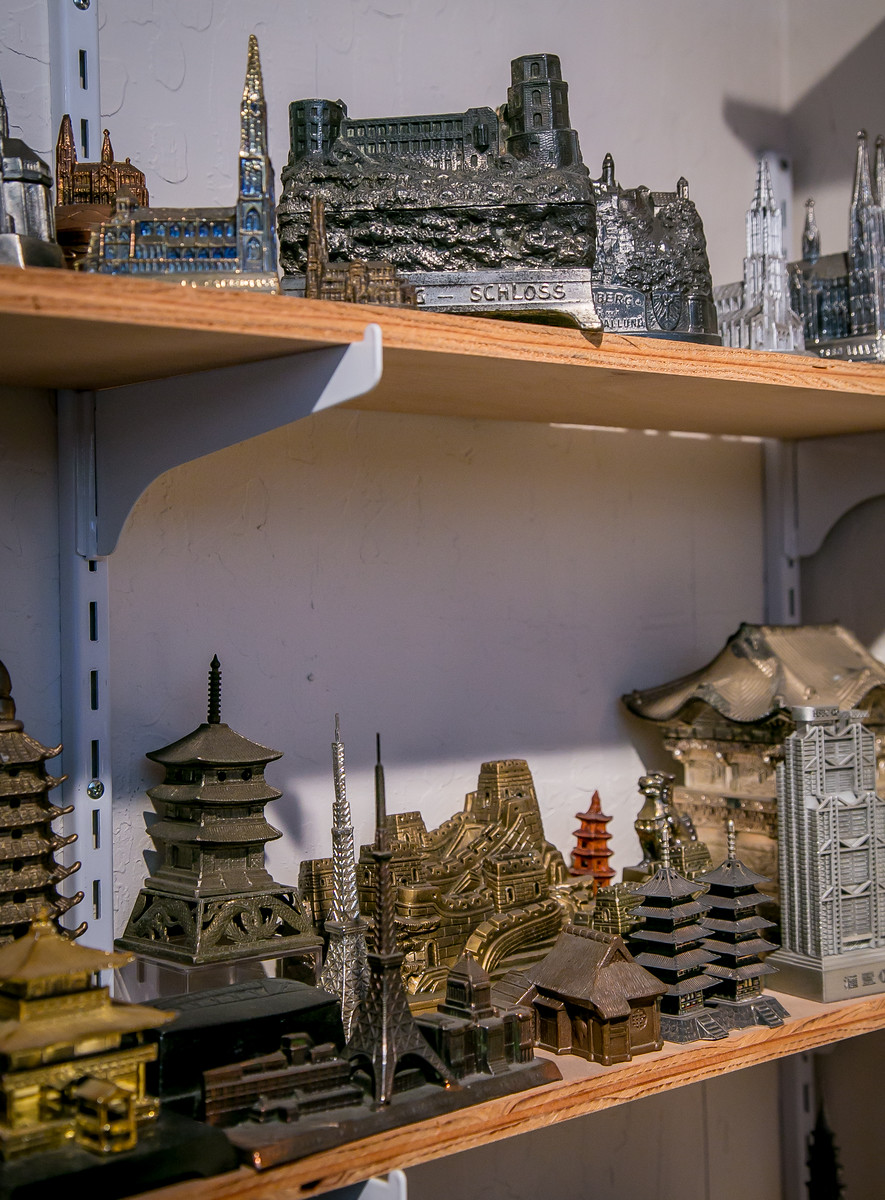



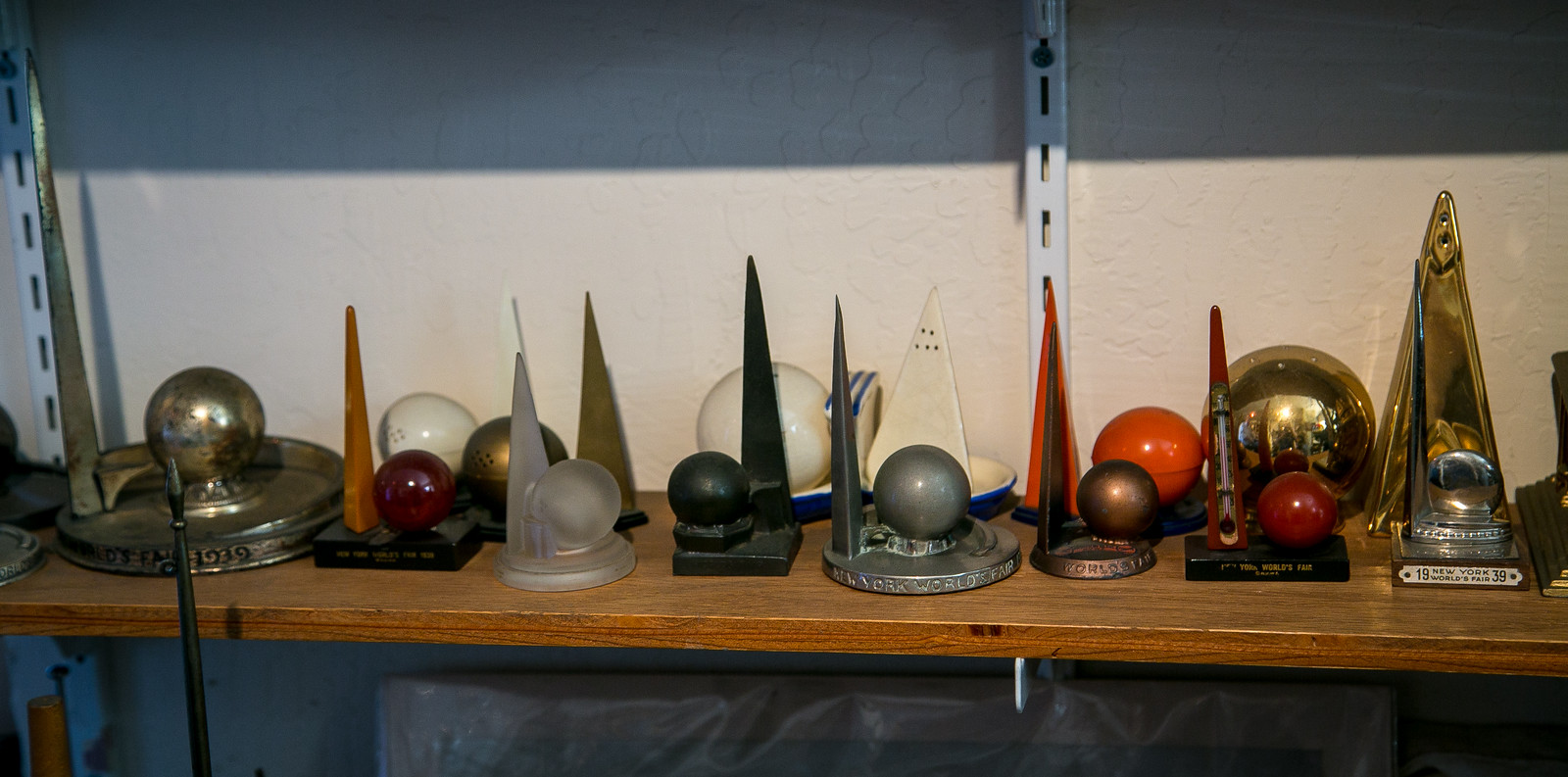

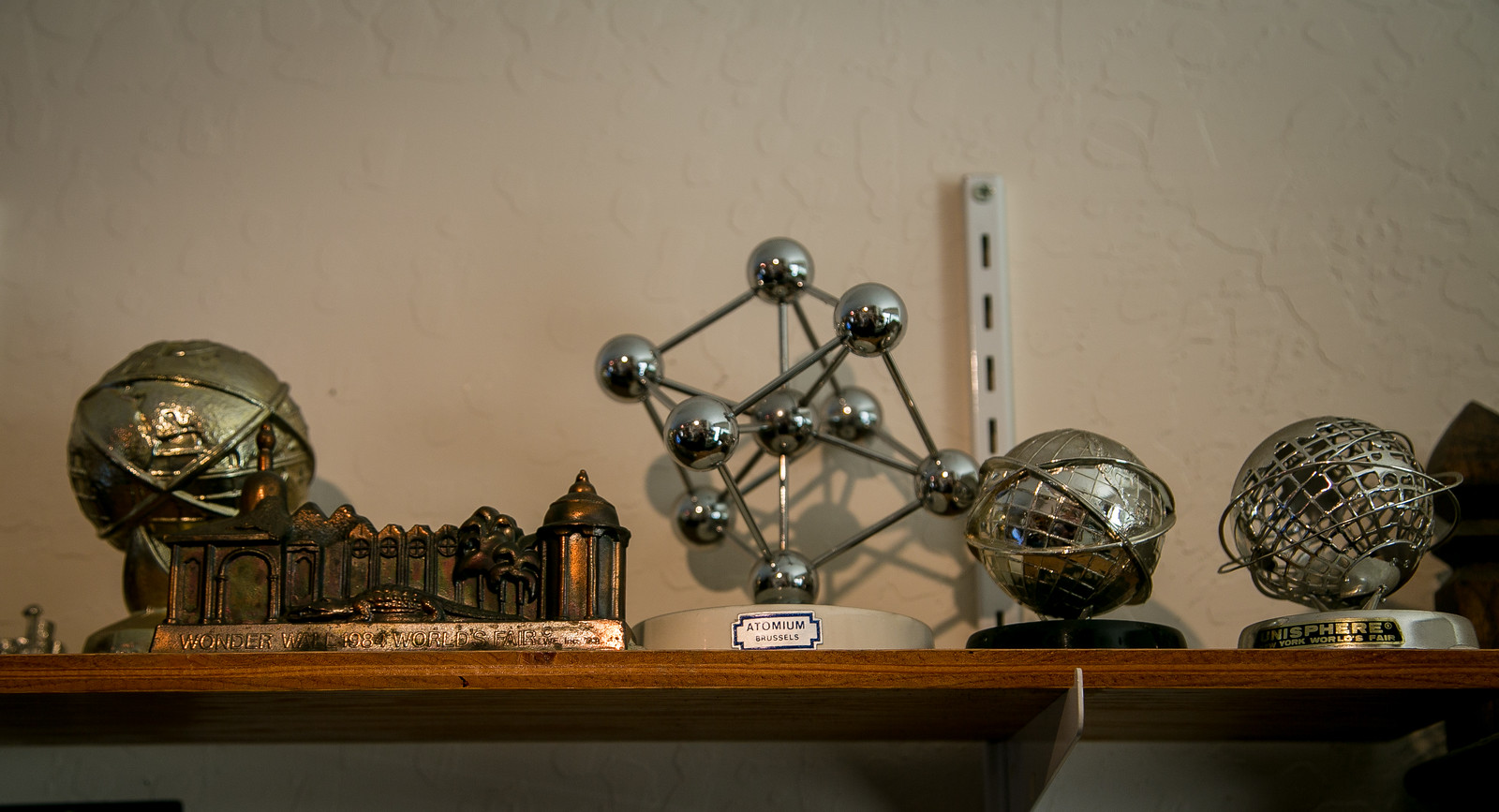































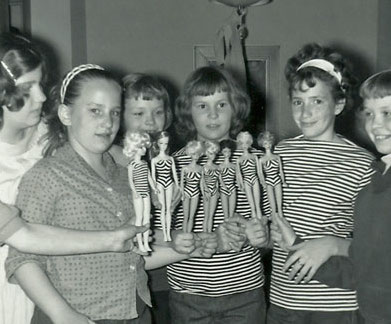

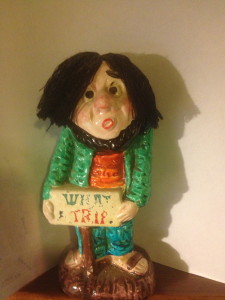
That was a fun piece. Hope you do more in that vein.
The quirk that is Berk just continues to amaze, Thank You, Keep on Quirkin
So enjoyed reading this and viewing all the pics.
I remember Artie from years ago in Flushing, and it’s nice to read that he is doing well.
Artie……let me know if you don’t have the Freedom Tower (nyc) yet. I’ll pick you one up.
Best,
Jan Melville